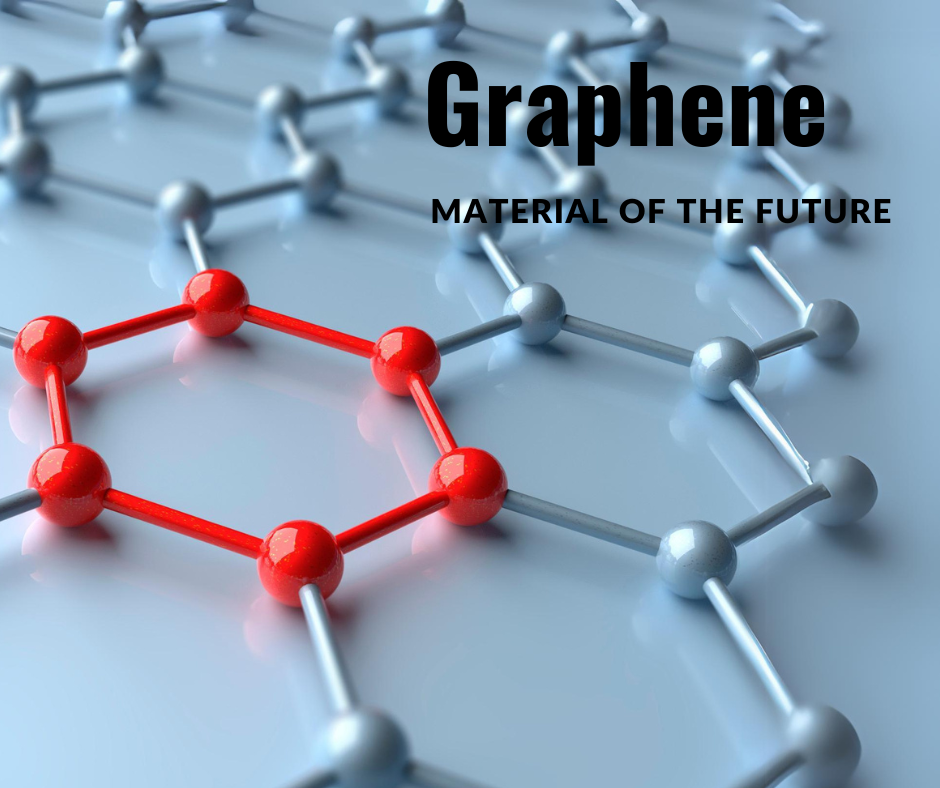Graphene is the material of the future that unlocks many new possibilities to solve existing problems and bring innovation to our daily lives, especially in technology transformation.
What is Graphene?
Graphene is a carbon-connected product like diamond and graphite. It is a two-dimensional material with a single layer of carbon atoms arranged in a hexagonal (honeycomb) lattice structure. Graphene is known as the world’s thinnest material with remarkable strength. Graphene is stronger than diamond and 200 times stronger than steel. The unique ultra-thin structure gives Graphene an array of exceptional properties. Graphene stands out for its high heat and electrical conductivity, flexibility, transparency, impermeability, and strength.
Graphene Discovery
Graphene was first discovered in 2004 by two researchers Professor Andre Geim and Professor Kostya Novoselov at the University of Manchester, UK. In 2010 they were awarded the Nobel Prize in Physics for their discovery.
Applications
20 years since its first discovery, Graphene has revolutionized multiple industries.
Battery: The energy storage industry is one of the earlier adopters of Graphene to improve the battery and supercapacitors. Graphene’s high electrical conductivity could significantly enhance energy storage capacity and charging speeds. Especially in this EV era, Graphene holds the potential to significantly improve battery performance and increase energy density, allowing EVs to travel longer and charge faster.
Electronics: Graphene holds immense promise for the electronics industry. Its high electrical conductivity and flexibility make it an ideal candidate for flexible electronics, high-speed transistors, and ultra-sensitive sensors. Its flexibility and transparency are also ideal for portable devices like smart phones and tablets, making them more durable and perhaps foldable.
Materials Science: Graphene is being incorporated into composite materials to enhance their strength, conductivity, and durability. These composites find applications in aerospace, automotive, and construction industries, among others.
Textiles: Graphene emerges as a game-changer in the textile industry offering a blend of extraordinary properties that promise to redefine the very fabric of our clothing. Graphene-infused textiles are finding increasing use in sports and performance apparel due to their durability, breathability, moisture-wicking, and UV protection properties.
Biomedical Applications: Graphene’s biocompatibility and unique properties make it a promising material for biomedical applications. It’s being investigated for use in drug delivery systems, tissue engineering, biosensors, and even in the development of novel imaging techniques.
Future of Graphene
While Graphene seemingly has a vast incredible potential, there are still challenges to overcome before widespread commercialization. These include the high cost of production, scalability issues, and concerns about its environmental impact during manufacturing processes. However, researchers around the world, including the University of Manchester, where graphene was first discovered, are actively working to address these challenges and continue to explore the application of Graphene.
